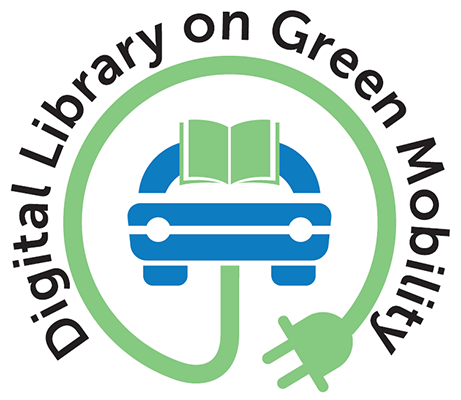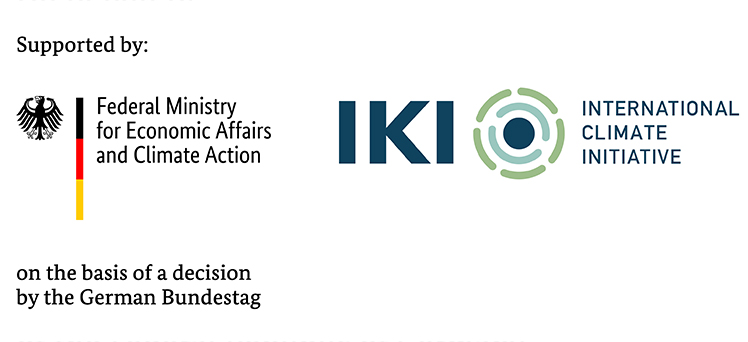Reports
Forecasting penetration of electric two-wheelers in India: a bottom-up analysis
2022
Author(s): Srivastava P, Sardar A, Shishir K G, Saraswat V K, Singh R
The report provides important insights into the required infrastructure, manufacturing capability, policies, and technology-development priorities in the area. The scenarios can be used by government agencies, the industry, and academic/R&D institutions for evidence-based analysis of policies, market scenarios and technology development strategies.
As India gears up for massive growth in the sector, CIEL HR ventured out to understand some of the key aspects in the talent ecosystem. Which functions are gaining prominence? What is the average tenure of these executives? What are the skills and qualifications that are in demand? Which are the dominant locations? CIEL HR also went on to analyse the job postings data to get a perspective on the hiring environment. As the EV sector continues to evolve, it would be interesting to observe the changing talent dynamics.
Energy efficiency program for high-energy lithium-ion traction battery packs and systems
2022
Author(s): Bureau of Energy Efficiency
The Standards & Labelling program for High-energy Lithium-Ion-based Battery packs & systems prescribes minimum energy performance norms for such battery packs and systems used for propelling Electric vehicles. The program rates performance of High-energy Lithium Ion based Battery packs and systems on parameters like cycle life, specific energy (Wh/kg), and energy efficiency of the battery pack in accordance with IS 12405-4:2018. The program is expected to provide a level playing field in terms of energy performance and quality of these batteries commercially sold in the country.
Advanced chemistry cell battery reuse and recycling market in India
2022
Author(s): Gattu A, Agrawal A, Chatterjee A, Mittal D, Khan M S, Bagdia R, Singh R, Khan S M, Singh V
Nations around the world are producing plans to achieve net zero by adopting disruptive low-emission and energy-efficient pathways to reduce dependence on fossil fuels. These pathways include electrification of the transport sector and having a higher share of renewable energy (RE) in the energy mix.
Electric Vehicle Charging Infrastructure and its Grid Integration in India: Status Quo, Critical Analysis and Way Forward
2022
Author(s): Rather Z, Nath A, Lekshmi D, Banerjee R
This study focuses on EV charging infrastructure, related policy and regulatory measures, grid integration of EVs, and the way forward for smooth EV adaption in the Indian EV ecosystem.
Electric mobility market assessment, business model and action plan in India
2022
Author(s): World Bank
This report evaluates each vehicle and market segment considering their unique characteristics. Analytical models based on key cost drivers for each segment were used to project market penetration in a range of scenarios (from business-as-usual or “BAU” to comprehensive implementation of recommendations). A deep dive analysis was undertaken for three states (Maharashtra, Tamil Nadu, and Madhya Pradesh) across ten of their largest cities, then aggregated at the state and national levels for a comprehensive picture.
This study uses life cycle analysis (LCA) to comparatively analyze two vehicle models of similar size of each type (ICEV and EV) currently used in the City’s fleet. Ford Focus is chosen for the ICEV and Mitsubishi i-MiEV for the EV, both with a vehicle life of 150,000km. The analysis shows that the electric vehicle has notably lower carbon emissions and lower energy consumption per kilometer. After considering all phases, the Ford Focus emits 392.4gCO2-eq/km and Mitsubishi i-MiEV emits 203.0gCO2-eq/km over the vehicle life.
Life cycle analysis comparison: electric and internal combustion engine vehicle
2022
Author(s): Fuels Institute
Ricardo Strategic Consulting conducted a life cycle assessment study for the Fuels Institute to study the life cycle emissions and total cost of ownership of internal combustion engine (ICE) vehicles and electric vehicles. The study involved an extensive literature review of the research work in this field and a customized life cycle analysis (LCA) model development by Ricardo.
Electric vehicles from life cycle and circular economy perspectives: TERM 2018
2018
Author(s): European Environment Agency
The study shows BEVs offer important opportunities to reduce GHG emissions and local air pollution. Areas where BEVs could have potential negative impacts are also identified during raw material extraction stage, a temporary rebound effect during vehicle adoption and uncertainty in terms of end-of-life processing. Current and future policy levers and incentives could be reviewed adopting battery standardization to facilitate recycling and reuse.
Global EV outlook 2022: securing supplies for an electric future
2022
Author(s): International Energy Agency
The increase in EV sales in 2021 was primarily led by the People’s Republic of China, which accounted for half of the growth. More vehicles were sold in China in 2021 (3.3 million) than in the entire world in 2020. Sales in Europe showed continued robust growth (up 65% to 2.3 million) after the 2020 boom, and they increased in the United States as well (to 630 000) after two years of decline.



